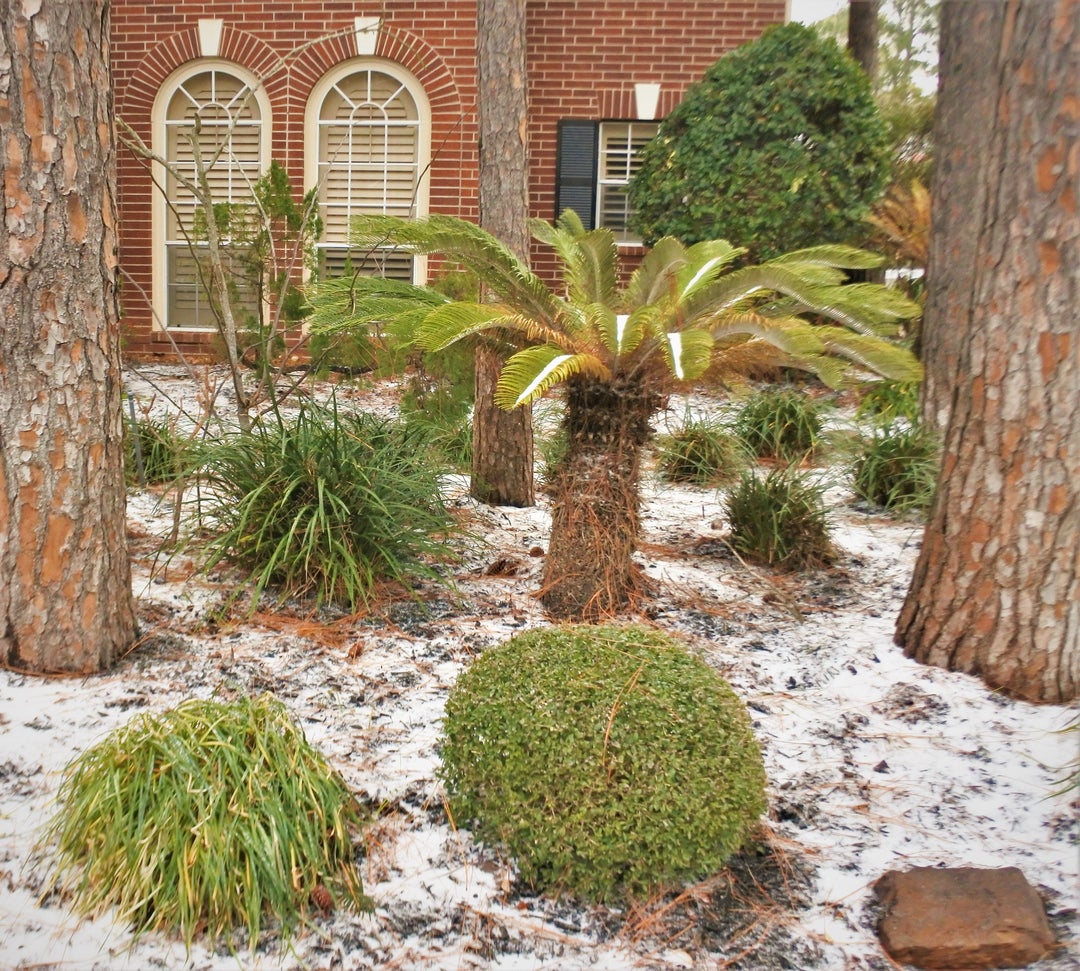Winter In South Central States: Winter Gardening Tips For South Central Region


Winter may be a time for plants to take a rest, but not so for gardeners. There are plenty of winter chores to do beginning in the fall. And if you live in the South Central region in winter, there may be even more you can do, depending on your specific location.
South Central Winter Gardening Tips
Here are some tips in preparation for winter in South Central states:
- After two to three hard frosts, clean up perennial beds by cutting back dead foliage and mulching with leaves or compost. If you prefer, sturdier plants can be left uncut to add winter interest in the garden and give extra protection to the sleeping perennials. In addition, plants such as echinacea, coreopsis, zinnia, cosmos, and rudbeckia provide seeds for goldfinches and other birds in winter.
- Protect plants from freezing by applying a 2- to 3-inch (5 to 7.5 cm.) mulch around shallow-rooted plants such as astilbe, heuchera, and tiarella. Organic choices such as chopped leaves, straw, and pine needles decompose quickly and will enrich the soil by spring. Gravel can be used as mulch for plants that require good drainage or drier soils.
- In late winter, prune shade trees, if needed, and summer flowering shrubs such as crape myrtle and butterfly bush. Prune roses in late winter before foliage leafs out.
- Continue to feed and provide water for winter birds. Clean bird houses before new occupants arrive in early spring.
- Spray trees such as oaks, pecans, and hackberries for gall-producing insects before foliage emerges.
- Fertilize trees and shrubs annually.
South Central Winter Garden Veggies
Depending on your specific climate zone, you may be able to enjoy fresh produce all winter. Check with your local extension agent or local nurseries to find out which vegetables do best during winter in your hardiness zone. In South Central states, hardiness zones range from 6 to 10.
Here are tips for growing vegetables in the South Central region in winter:
- Add compost to your vegetable beds before planting.
- Veggies that do well in southern gardens include beets, broccoli, brussels sprouts, carrots, dill, fennel, kale, lettuce, parsley, peas, rhubarb, spinach.
- In colder climates like zones 6 and 7, floating row covers, fabric covers, or cold frames can extend the season. Also, start seeds indoors so they will be ready to go outside in spring.
- In zones 8 and 9, many vegetables can be started in January and February such as asparagus, snap beans, lima beans, beets, broccoli, cabbage, carrots, cauliflower, Swiss chard, radish, and potato.
Taking care of chores in winter will give a jump start to spring.
Gardening tips, videos, info and more delivered right to your inbox!
Sign up for the Gardening Know How newsletter today and receive a free copy of our e-book "How to Grow Delicious Tomatoes".

After graduating from Oklahoma State University with a degree in English, Susan pursued a career in communications. In addition, she wrote garden articles for magazines and authored a newspaper gardening column for many years. She contributed South-Central regional gardening columns for four years to Lowes.com. While living in Oklahoma, she served as a master gardener for 17 years.